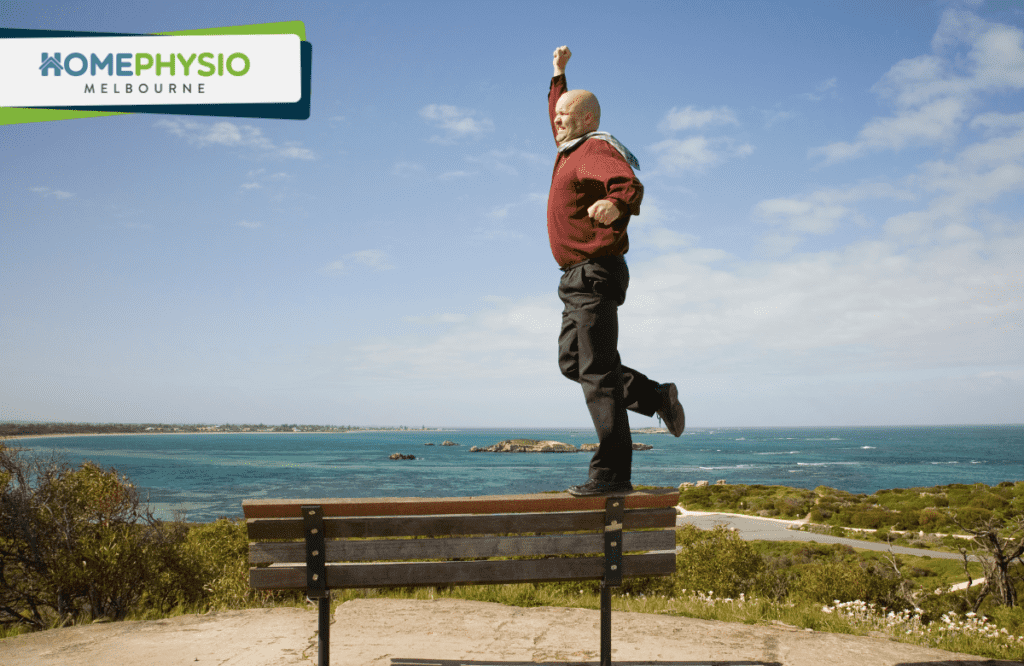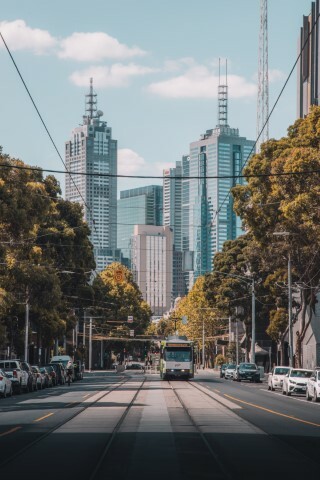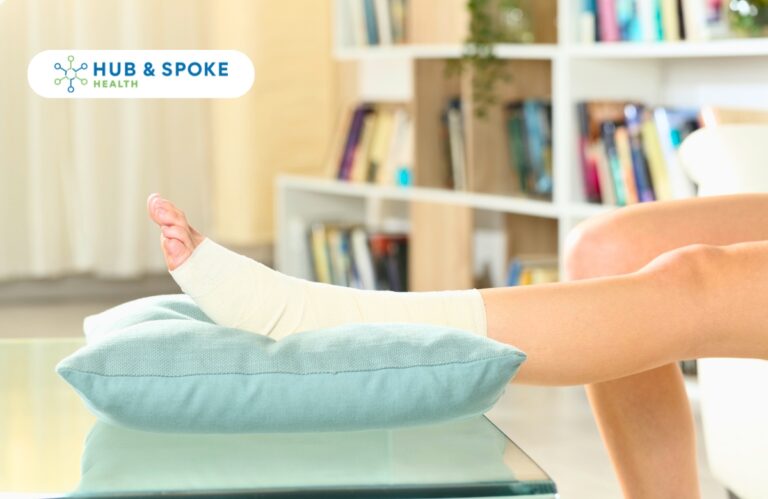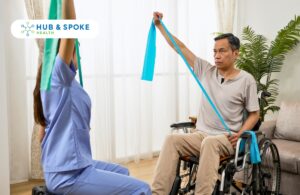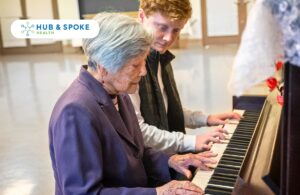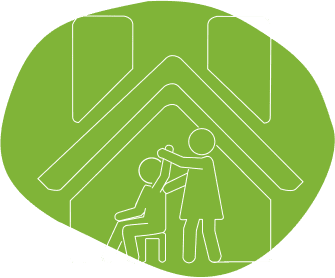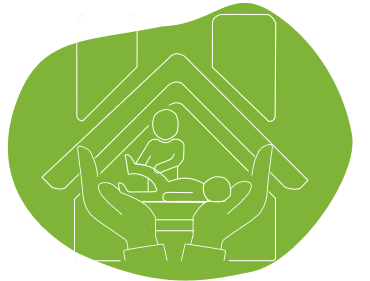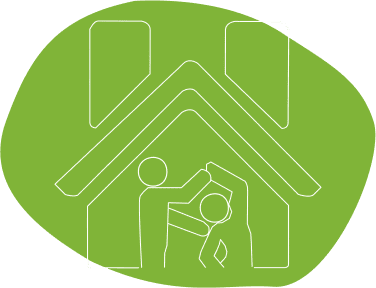Why We Fall
As we get older, our bodies change. Our balance and muscle strength decrease, which may heighten the risk of falling. Physiotherapists and other professionals recognise this increased risk and offer services like physiotherapy for fall prevention and post-fall rehabilitation.
This article will explore falls prevention services and the most common factors contributing to higher fall risks. These services target people at a greater risk of falling due to age, injury, or other factors affecting balance, coordination, and cognition.
If you want to speak with a physiotherapist now, call Hub And Spoke Health at 1800 166 167.
Falls Prevention Physiotherapy
Physiotherapy, or physio for short, can help lower a person’s fall risk by offering personal assessments and rehabilitative physio sessions. Services a physiotherapist may offer include:
- Mobile physio for at-home falls prevention assessments
- Personalised physio exercise plans to prevent falls and aid in post-fall recovery
- Collaboration with other professionals, such as occupational therapists
Physiotherapists have the training to identify and reduce potential fall risks. These professionals work with older Australians, people with disabilities or injuries, and others.
Falls Prevention Occupational Therapy
Physiotherapists work with occupational therapy (OT) professionals to help patients through environmental changes. Their services may include:
- Suggesting equipment to assist the person during everyday activities
- Conducting assessments of the patient’s lifestyle and environment
- Identifying opportunities for home modification and managing these projects
For example, an occupational therapist may suggest a new stair railing or chair lift to reduce the patient’s risk of falling on a staircase. They may also help the client organise and declutter to remove tripping hazards and environmental obstacles.
Fall Risk Factors for the Older Population
Professionals offering physiotherapy for falls prevention understand the risk factors of falling and how they significantly affect Australia’s older population. The most common risk factors for older adults include the following:
Poor Vision
People who struggle with their eyesight may fall due to poor depth perception, blurry vision, or other symptoms that affect their ability to see clearly. Common conditions that may cause poor vision include cataracts, glaucoma, and macular degeneration.
Cardiovascular Issues
Many older adults suffer from cardiovascular conditions that may increase their risk of falling. The cardiovascular system supplies the body and brain with oxygen. When conditions like postural hypotension, syncope, arrhythmia, or drop attacks affect blood pressure and heart rate, a higher fall risk may result.
Cognitive Dysfunction
Physiological conditions aren’t the only medical risk factors for falling. Mental conditions can also increase a person’s risk because of decreased environmental awareness. These cognitive factors include anxiety, depression, dementia, and delirium. Even a fear of falling can increase a person’s risk.
Bladder Dysfunction
Bladder dysfunctions like nocturia, incontinence, or frequency can increase fall risks. For example, nocturia may compel a person to walk to the bathroom in the dark, causing an increased risk of tripping over an unseen hazard.
Lower Extremity Dysfunction
Dysfunction of the feet or legs represents one of the most easily identifiable fall risks. Common conditions contributing to lower extremity dysfunction include arthritis, muscle weakness, foot problems, wounds, and peripheral neuropathy.
Medications
Many medications can increase fall risks, including diuretics, antihypertensives, sedatives, and psychotropics. For example, sedative medications can cause a lack of awareness, slowed reaction times, and poor balance, resulting in a fall.
Gait and Balance Disorders
Myelopathy, stroke, Parkinson’s disease, cerebella disorders, and hypothyroidism can contribute to higher fall risks due to their adverse effects on balance. For example, a person may struggle to regain a confident gait following a stroke.
You may be wondering about the proper steps to take if you or your loved ones deal with one or more of these factors. You can conduct a quick fall assessment by following the guide below.
Quick Falls Screen Guide
Get answers to the following questions for a quick assessment of your or your loved one’s fall risk:
- Have you had a fall within the past year?
- How often do you fall?
- What are the circumstances of those falls?
- Is there a pattern, or was the fall a one-off situation?
- Do you struggle with walking or balancing?
If you believe you or your loved one has a high fall risk, seek expert advice on lifestyle and environmental improvements that can reduce risks. A professional can visit your home to help you identify possible fall risks where you live.
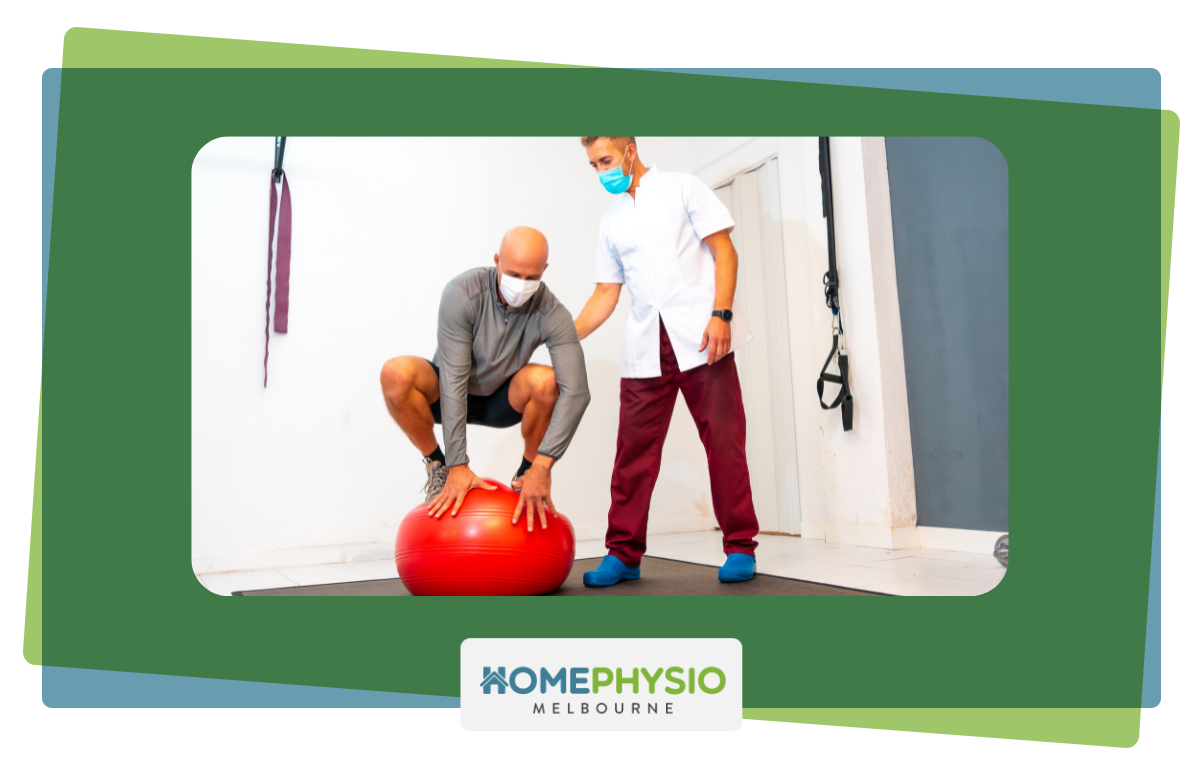
Final Thoughts on Fall Risks
Physiotherapy for falls prevention offers an excellent resource for finding the professionals you need. Hub And Spoke Health provides comprehensive risk assessments to help clients adjust their daily routines and at-home environments to reduce fall risks.
Our team includes physiotherapists, occupational therapists, allied health assistants, and other professionals with the experience to identify and address possible risk factors of falling.
Remember that fall prevention is always preferable to recovery, and don’t be afraid to seek help. Call us at 1800 166 167 to book your at-home assessment today.
Author
-

David completed his Bachelor of Physiotherapy at The University of Queensland. He started his career overseas working in major public hospitals in both the inpatient and outpatient setting assisting clients of all ages with musculoskeletal injuries, elective or traumatic post-operative rehabilitation and neurological complications. Apart from work, David enjoys spending time with his family at the beach or the mountains.
View all posts



